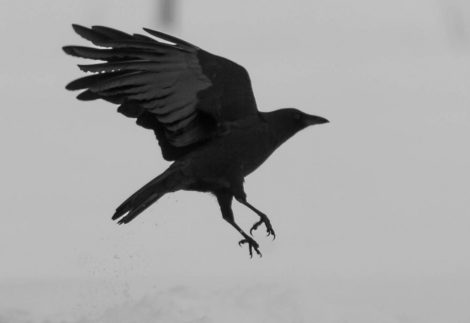
The keeper of secrets and mysteries, the raven is believed to be a messenger of the gods and a guide into the unknown. Photo: Flickr.
In myths and folktales, crows and ravens are seldom identified by species. Rather, dark-feathered birds are often described simply as “crows”, “ravens”, or “black birds,” and the terms are sometimes used interchangeably. This tendency appears across cultures and texts, from popular storytelling to esoteric works like De Occulta Philosophia. Ravens, crows, even jackdaws and others are grouped together under this broad label because of common traits – their dark plumage, keen intelligence, scavenging behavior, and association with liminal spaces. Because what matters in a sacralized context is the symbolism of the black bird, which consistently evokes mystery, death, and prophecy.
For example, in Romanian folklore, the personification of Death as a goddess might appear as a raven, a crow, or even a black kite. The choice of bird is often flexible, emphasizing the function and symbolism of the creature rather than its biological identity. Nevertheless, Romanian tradition does at times draw distinctions between crows and ravens.
Crow, the Shadow-Bird
In Romanian folklore, the crow is seen as an oracular bird that can predict the future and foretell the weather. It is considered the shadow of the raven and shares many of the raven’s darker associations, such as death, darkness, and theft. Still, it is more complex than that, even representing the spirits of ancestors and the mysteries of the Otherworld in some beliefs.
Their yearly absence in summer is sometimes explained as the birds traveling to the Otherworld, where they bathe their young in the waters between borders. Other times, it is explained as the crows carrying seeds to monks and saints to sustain them, for they are holy and thus live alone on remote islands.
The belief in crows as helpers also appears in fairy tales, where the birds may bring the hero food or magical objects. In children’s folklore, the crow is even imagined as a kind of tooth fairy. When a child loses a baby tooth, they throw it over their shoulder onto the roof, asking the crow to take it and give them a new tooth made of steel.
Above all, though, the crow is most strongly connected to death, either as a personification of it or a funerary messenger. Its cawing, especially at night, is thought to foretell a death in the family, or at the very least, a coming storm. Yet not all signs are negative. For example, when crows gather on a house, it can also mean abundance and prosperity.
Likewise, the crow has long been associated with witchcraft. Some believe that the souls of witches and sorcerers can take the form of crows or ravens, which is consistent with some Slavic beliefs, too. And just as in Ancient Rome, their feathers, bones, and organs were used in magical charms and spells.
Raven, the Sacred Messenger
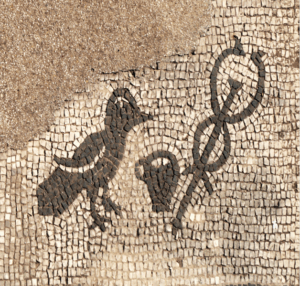
Mosaic of the 1st degree in the Mithraeum Felicissimus in Ostia, Italy
The raven is also a funerary messenger or personification of death in Romanian folklore. But unlike the crow, it has a higher sacred status. The raven is marked as sacred by the cross-shaped pattern on its beak, and to harm it is to bring misfortune not only on oneself, but on the whole community. It is said that harming a raven (or a crow in some regions) is a transgression that could bring hail or even drought for several years.
In Romanian folktales, the raven is often given important tasks or sent on missions by heroes. Many of the tales and beliefs about the raven were absorbed into Romanian folklore through various cultural influences throughout history.
In Greece, it was sacred to Apollo, god of prophecy and the Sun, and its flight was read as an omen. The bird also appeared in depictions of Mithra, the Iranian Sun god. And in Mithraism, the mystery religion likewise present in Roman-Dacia, the first stage of initiation was called Corax (“Raven/Crow”), and its symbols included the raven, beaker, and the caduceus representing its planetary god Mercury.
Perhaps it is that lingering influence that inspired the belief that a raven’s appearance during magical work symbolizes divine favor or initiation. As in many ancient traditions, the Romanian folk raven is a messenger between worlds, a mediator between humans and the divine, the living and the Otherworld.
Lore and Reality
Stories and beliefs about ravens and crows are based on our ancestors’ observations and perceptions of them. These birds are among the smartest in the animal kingdom and can even mimic human speech. Because of their intelligence, people have long seen them as symbols of wisdom and prophecy. Crows can also form bonds with humans, remember faces, and adapt to our behavior, which makes them equally mysterious and familiar.
Their scavenging behaviour, however, is one of the most widespread reasons why they appear so often in myths. Ravens and wolves, for example, hunt together, they have a symbiotic relationship. Ravens lead wolves to prey, and wolves leave carrion behind for the ravens. Ancient people saw this relationship and believed the birds could summon death by calling the wolves.
The Bird of Prophets
Despite its darker aspects, the raven or crow has redeeming qualities in Jewish, Christian, and Islamic traditions. In the Bible, God sent ravens to bring food to the prophet Elijah in the wilderness.
In Talmudic tradition, ravens were the first to show humans how to bury the dead. After Cain killed Abel, a raven revealed to Adam and Eve how to lay their son to rest. In the Qur’an, Cain learns the burial rites by watching a raven.
In the story of Noah, a raven was sent to search for dry land after the flood. It never returned, supposedly because it became distracted by carrion. For this, Noah cursed it so that its feathers turned black, it would live on carrion, and its young would hatch only in winter.
Wings Across the World
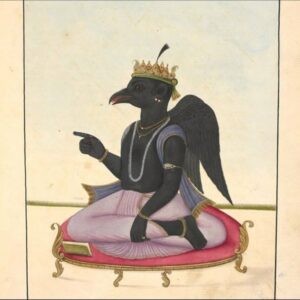
Painting of Kakabhusundi, circa 18th-19th century
Crows and ravens have held powerful and often contradictory meanings across cultures and mythologies, appearing as both harbingers of death and bearers of wisdom, prophecy, and renewal.
In Hindu literature, the crow is sanctified as the sage Kakabhushundi. In Tulsidas’s Rāmcaritmānas, he is an immortal devotee of Rama, fated to remain alive on Earth until the end of the Kali Yuga. Though cursed into crow form, he chose to remain that way after witnessing a vision of the infinite cosmos within the mouth of Rama when he was a child. In the Yoga Vāsiṣṭha, he dwells as a crow atop Mount Meru, serene through countless cosmic cycles.
In Irish mythology, the war goddess Badb, an aspect of the Morrígan, was believed to take the form of a crow, spreading fear and confusion on the battlefield, and her cries were said to foretell bloodshed and death.
In Norse mythology, Odin’s two ravens, Huginn (“thought”) and Muninn (“memory” or “mind”), flew across Midgard as his eyes and messengers, reflecting shamanic practices of spirit flight. Similar ideas appear in European folklore, where witches and seers were believed to transform into crows to escape danger, guide heroes, or spy on their enemies.
In Greco-Roman tradition, ravens and crows were likewise funerary messengers and solar birds of prophecy. Associated with Apollo, ravens were believed to deliver divine messages and even to have marked the center of the world at Delphi.
In East Asia, the crow is a symbol of the sun, creative power, and divinity depicted as a Three-Legged-Crow. In China, the three-legged Sanzuwu represents the sun and cosmic order. In Japan, Yatagarasu is a symbol of divine guidance and heavenly will. In Korea, the Samjok-o represents the sun and sovereignty. The three-legged form of the solar crow is believed to symbolize the phases of the Sun: dawn, zenith, and dusk.
Across the Americas, the raven and crow again appear as creators and bringers of light. The Hopi, Navajo, and Zuni hold that without the Crow, the world would still lie in darkness. Other Indigenous traditions see the bird as a manifestation of the Great Spirit, who helped shape the Earth, sometimes called the Dark Mother.

Mural from the Korean Goguryeo period of the Three-Legged Crow flanked by a dragon and a phoenix, also known as Samjok-o in Korea.
Dark Wings in Poetry
No discussion of corvid lore is complete without Edgar Allan Poe’s Raven. More than any other work, this poem immortalized the dark bird in Western imagination:
“And his eyes have all the seeming of a demon’s that is dreaming,
And the lamp-light o’er him streaming throws his shadow on the floor;
And my soul from out that shadow that lies floating on the floor
Shall be lifted – nevermore!”
For Poe, as for many poets at heart, the bird is the shadow, grief, prophet, and trickster adversary. The raven is an unyielding oracle of truth, refusing comfort yet revealing the inevitability of fate.

www.Nettlesgarden.com – The Old Craft


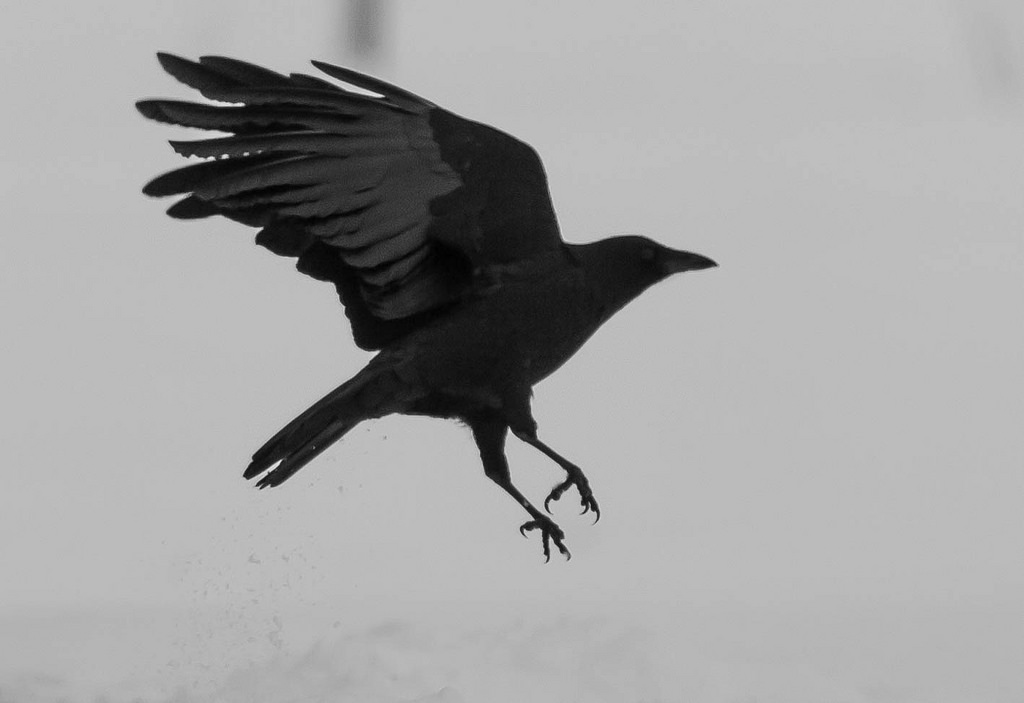
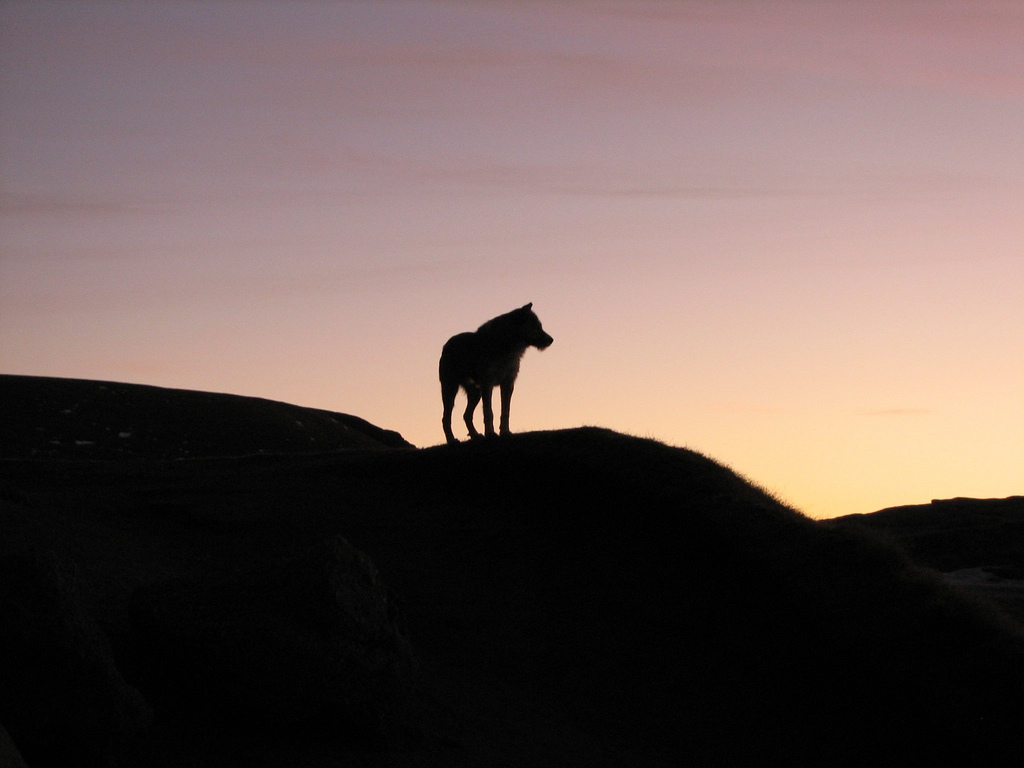
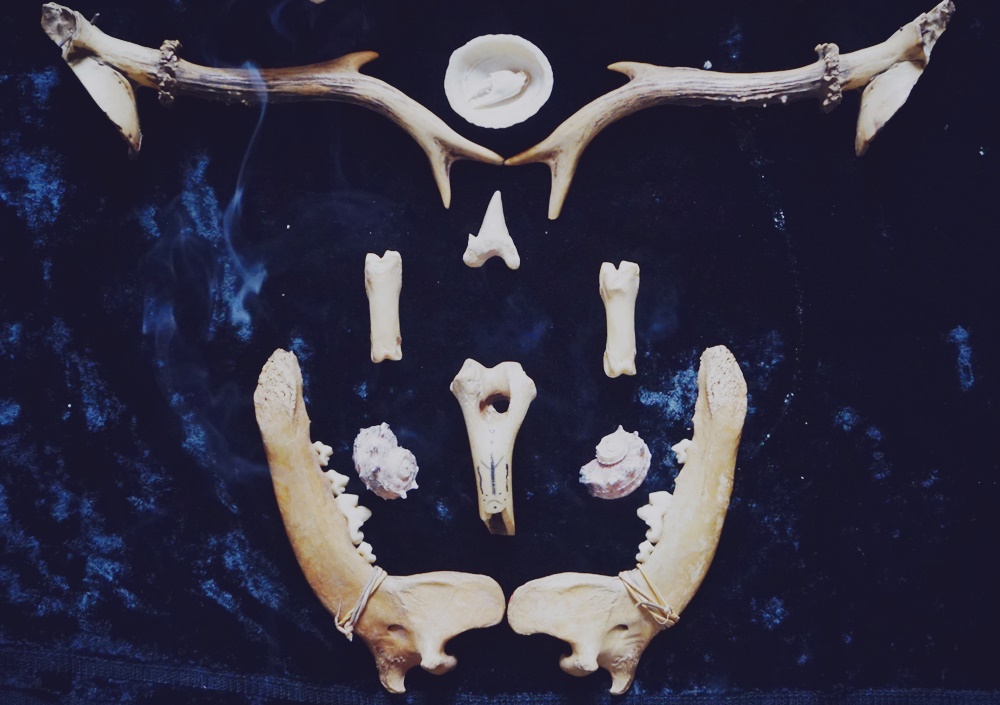
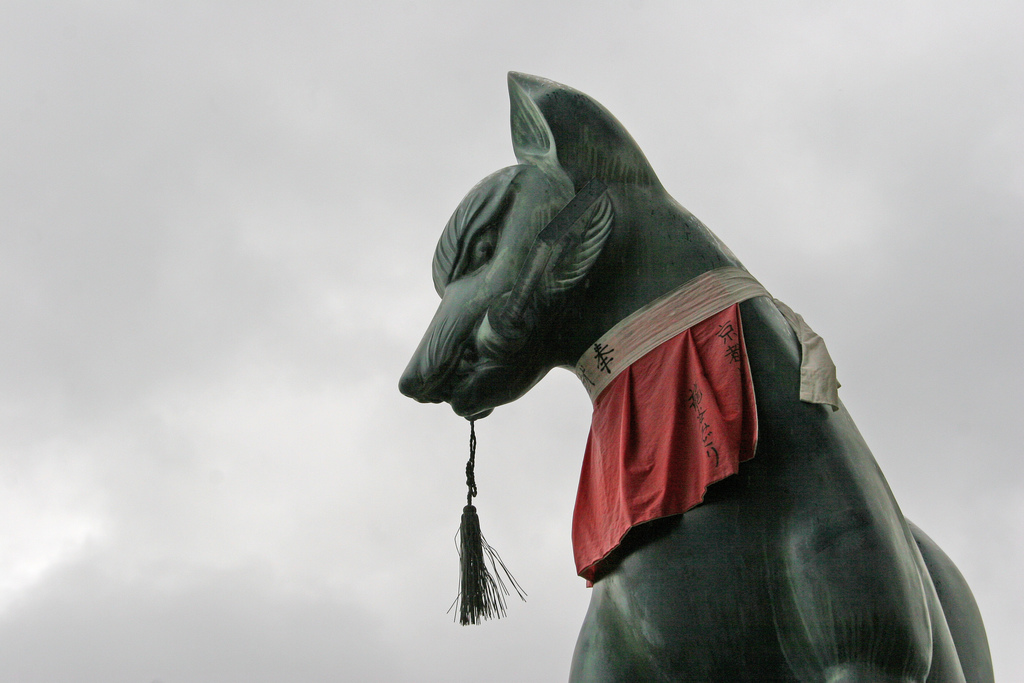
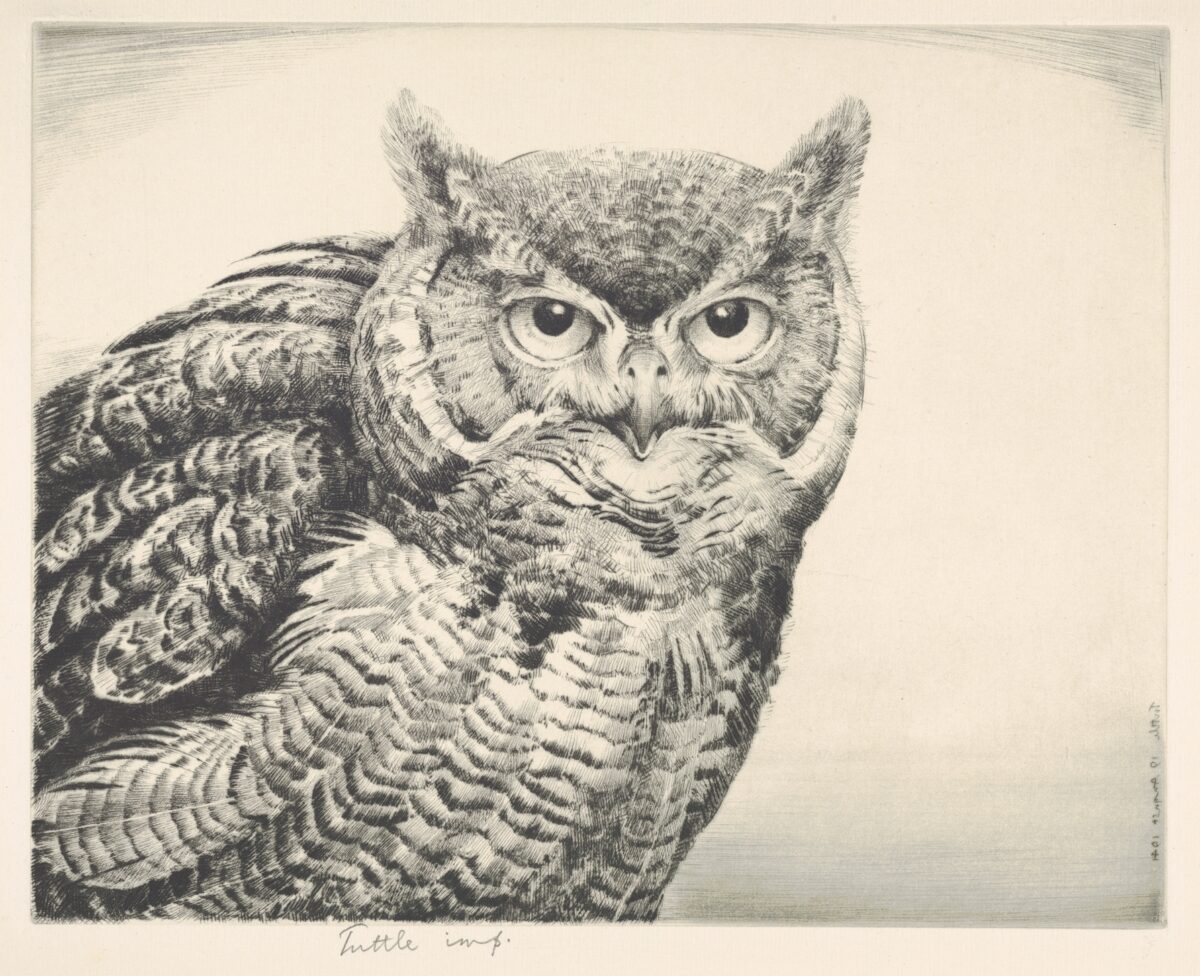
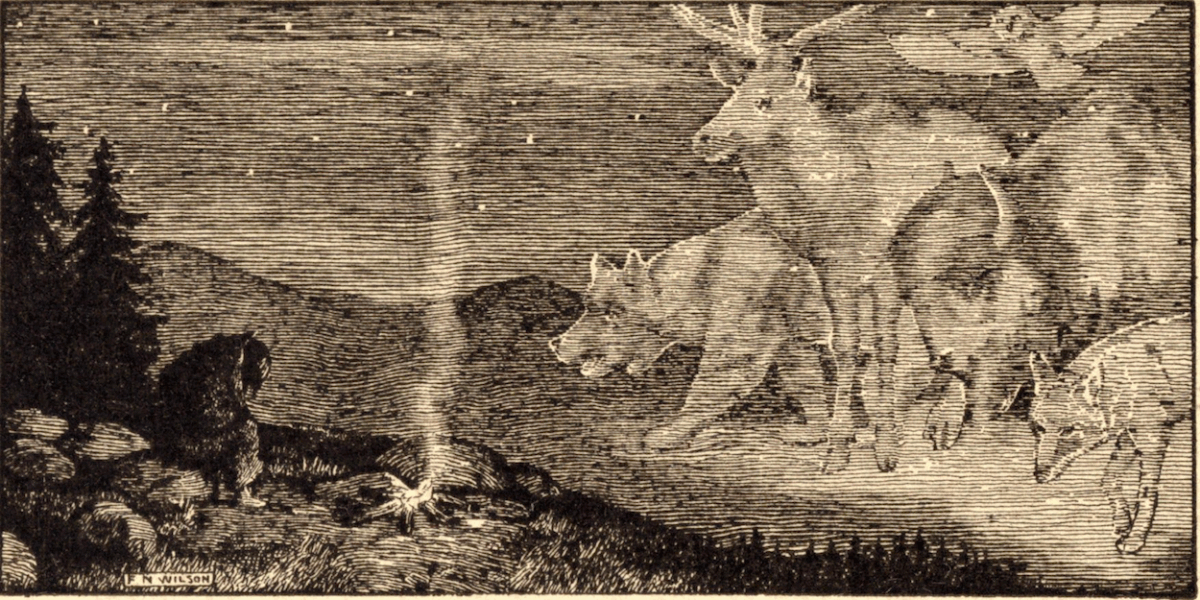
Raven | April 18, 2018
|
Fabulous writing.
Immense Gratitude
Radiana Piț | April 18, 2018
|
Thank you kindly! I am glad you enjoy it. 🙂
Jon Bradshaw | April 18, 2018
|
Outstanding piece of work, Radiana! Thank you.
Radiana Piț | April 18, 2018
|
I am glad you think so! Thank you for your kind words. 🙂
Philip Floyd | May 8, 2019
|
I love this. So many un-asked and un-answered questions resolved. I went searching for knowledge and my corvid guides provided, thru you. Thank you for sharing this with the world.
Louise Ceres | February 23, 2020
|
Last night I dreamed I healed/ brought back a badly injured raven from the brink of death. It had a wound in it’s right side and it’s left wing was broken and almost featherless.
I took it to the top of some cliffs and sat with it inside a crucible of black where I protected it until it came too. We were surrounded by other Raven’s and a dog I walk for a friend was there too, in what I think was a supporting role.
I left and turned round to see the cliffs populated with large Ravens that were all looking at me, when I tried to return to see if the bird was fully recovered I couldn’t.
I found this article to be the most useful narrative on understanding what I was part of last night. I wasn’t afraid at anytime, but felt like I was in an alchemical situation, and that I revered these birds. Which I do in my waking state anyway. Thank you Raidiana.
MandaLeigh | February 25, 2021
|
Liked your use of so many different cultural stories. But you left out the symbiotic relationship these birds have with the wolf/coyote. The bird and dog are often seen hunting and eating together. Together they help guide souls to the lights and the path’s made by the Celestials incarnate. The dog was given the job of a companion and to protect the physical. The crow/raven and other multidimensional animals protect the auric spirit and soul.
Annette | October 21, 2021
|
I have been doing some research on crow/raven symbolism and this article is by far the best one I’ve come across. Thank you for being so thorough and pulling info from such widespread sources together into one cohesive whole.
Bran Wildes | January 12, 2022
|
I enjoyed reading this immensely, and am thankful you chose to share this part of your experience. I originally cane here while searching for differences between Raven and Crow people; and your perspective that they are essentially one and the same presents the possibility of a simple answer. As a token of my thanks for this, I’ll share my own favorite Raven quote 🙂
“I am a black bird, a Raven, I am Raven. I know and I am knowing—I know and see life and death, expansion and contraction and I do not shiver and cry—I am unafraid.
I am Raven. I am black as liquid night with wings and my eyes are stars to see by.
The light within me leads the way and it is revealed through my eyes and I am what lies between the dark and light.
I am the balance between.”
– H. Raven Rose, Liquid Me: A Collection of Poetry and Prose
Mae | February 17, 2022
|
I believe the great spirit of the crow has been awakened and with the assistance of the spirit of mother earth and the spirit of death, will take back sovereignty.
Alza | February 22, 2022
|
Crow/Raven/Magpie is my Totem too.
They are such wonderful friends to have and are very much misunderstood by society in general.
Thankyou I enjoyed this very much indeed.
Susan Baka | July 20, 2022
|
I’m in Moss Beach, California where I’ve have the wonderful opportunity to feed and observe ravens. I’m also learning to mimic their calls and rattles. There are huge differences between crows and ravens. Plenty of info out there on ravens vs. crows.
Cecilia | August 29, 2022
|
Really enjoyed this article. I’ve been pondering the crow lately. While on vacation this weekend a woman had a crow tattoo that was whispering to my internal self “ Are you going to look into my archetype because I’ve been trying to get your attention”. I said to myself I’m going to have to look up the crow totem. The next day at a bar there was a picture of Edgar Allan Poe. I really didn’t know a lot about him but I found the picture was winking at me and now I know why it was connecting with me. Thank you for such an informative article.
Zoe | December 12, 2023
|
Great article!!! My entire morning was enveloped by ravens and crows spiritually and naturally. So I searched for more information and this article was extremely informative and really helped me. Opened my eyes and mind to numerous characteristics and things about the raven-crow.
Jokarth agubiya | July 6, 2024
|
How do i connect, as they both are with me every where i go off late. Kind regareds.
Ellen Williams | October 16, 2025
|
Love the article! I am such a fan of crows and ravens. I just wrote a book about them: Raven and Crow: The Mythology, Art and Science of our Favorite Black Birds. Booklist writes: “In a wonderful integration of art, mythology, science, and storytelling, the author delves into the outsize role these two large black birds play in human consciousness. This fascinating survey of easily recognized birds is a terrific intersection of art and science.”
To view inside, go to Amazon: Raven and Crow
Crowhag | Author | November 6, 2025
|
Thank you and congratulations on your new book! It sounds like a wonderful read for our corvid-loving audience.